The Grand Theft Auto series has been at the center of the gaming industry for over 25 years, shaping the open-world genre and sparking debates about video game violence, freedom, and storytelling. What began as a small project at a Scottish development studio in the mid-1990s turned into one of the most successful and influential franchises in gaming history. However, before Grand Theft Auto became a household name, it started within the walls of a small Scottish studio called DMA Design.
Founded in 1987 by David Jones, DMA began as a modest game development company based in Dundee, primarily working on titles for platforms like the Commodore Amiga and the Atari ST. In its early years, the studio experimented with various game ideas, but its first major breakthrough came in 1991 with Lemmings, a puzzle-platformer that became a global sensation. The game’s creative mechanics and widespread appeal put DMA Design on the map, proving that the company had the talent to craft compelling and innovative experiences.
Despite the success of Lemmings, David Jones had bigger ambitions. He envisioned games that provided players with freedom, a concept that would later define Grand Theft Auto. Throughout the 1990s, DMA continued developing new projects, pushing the boundaries of what games could be. However, as the industry evolved, so did DMA’s direction. By the late 1990s, Take-Two Interactive saw potential in DMA’s work and acquired the studio, setting the stage for its transformation into Rockstar North in 2002. Around the same time, Take-Two established Rockstar Games in 1998, a publishing label focused on creating bold, boundary-pushing titles.
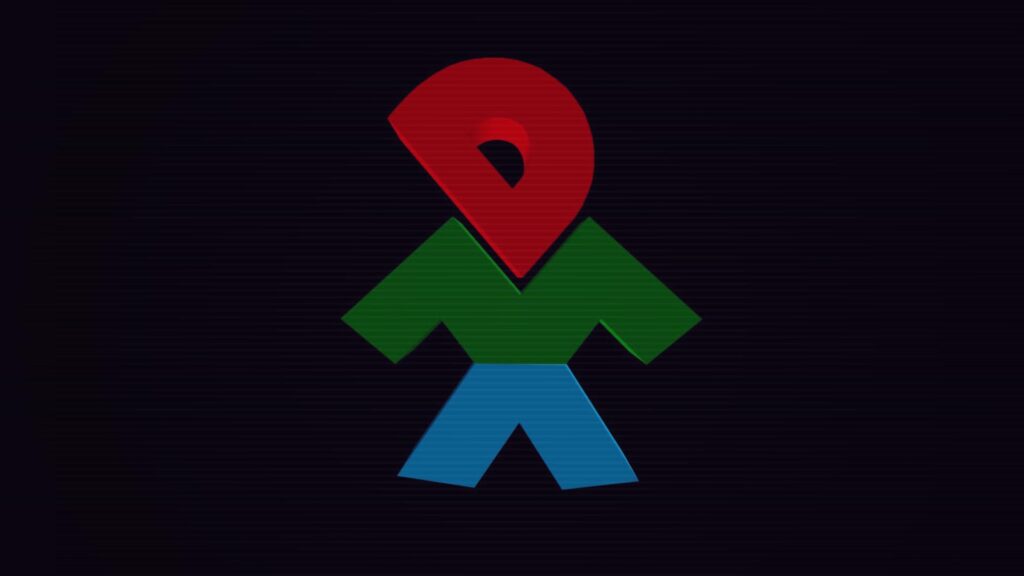
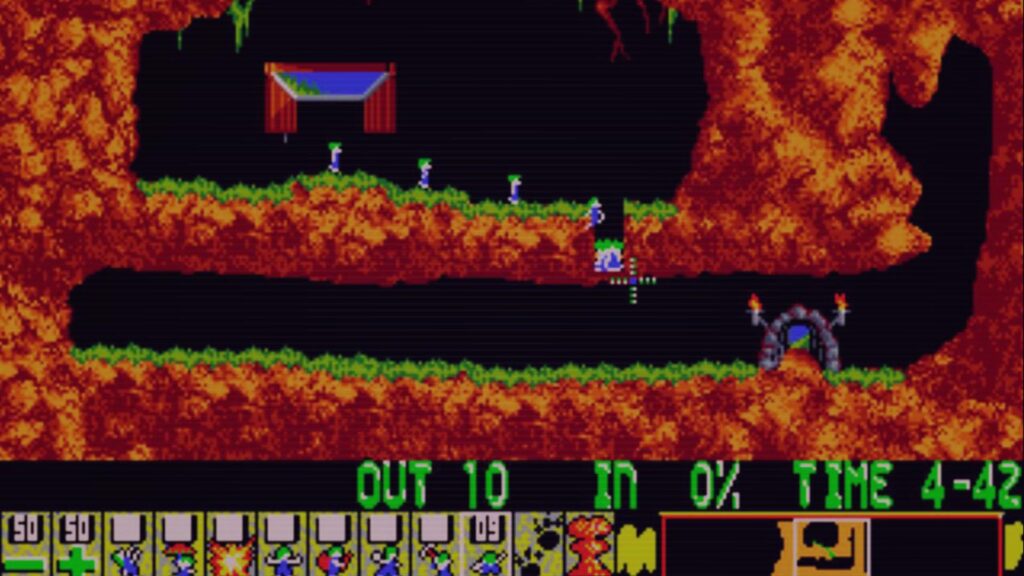
Led by Sam Houser, Dan Houser, Terry Donovan and Jamie King, Rockstar aimed to develop games that emphasized player freedom, cinematic storytelling, and immersive worlds. This transition marked a turning point not just for DMA but for the gaming industry as a whole. Under Rockstar’s vision, Grand Theft Auto would soon become one of the most important franchises in gaming history, reshaping the open-world genre forever.
The idea that would eventually become Grand Theft Auto didn’t start as the crime-filled sandbox players know today. Instead, it began as a project called Race’n’Chase, a top-down game centered around police chases and high-speed car pursuits. During early development, the team at DMA noticed something interesting: players were having more fun causing chaos than following the rules. The structured police-chase mechanics were meant to encourage strategy but playtesters preferred to break the game’s systems with stealing cars, crashing into buildings and evading police in unpredictable ways. Rather than fight against this behavior, the developers leaned into it, shifting the game’s focus toward player freedom, urban mayhem and an interactive sandbox experience.
Leading the development were key figures like David Jones, Mike Dailly, and Leslie Benzies, who helped refine the game’s mechanics and shape its identity. But convincing a publisher to take a risk on a game that encouraged criminal activity wasn’t easy. At the time, video games were still largely mission-driven and structured; giving players complete freedom to wreak havoc was an unconventional idea. BMG Interactive, a British publishing company, took a chance on the project, despite concerns over its controversial themes. It was a gamble that would pay off. What started as a small, chaotic experiment would soon evolve into one of the most influential video games ever created.
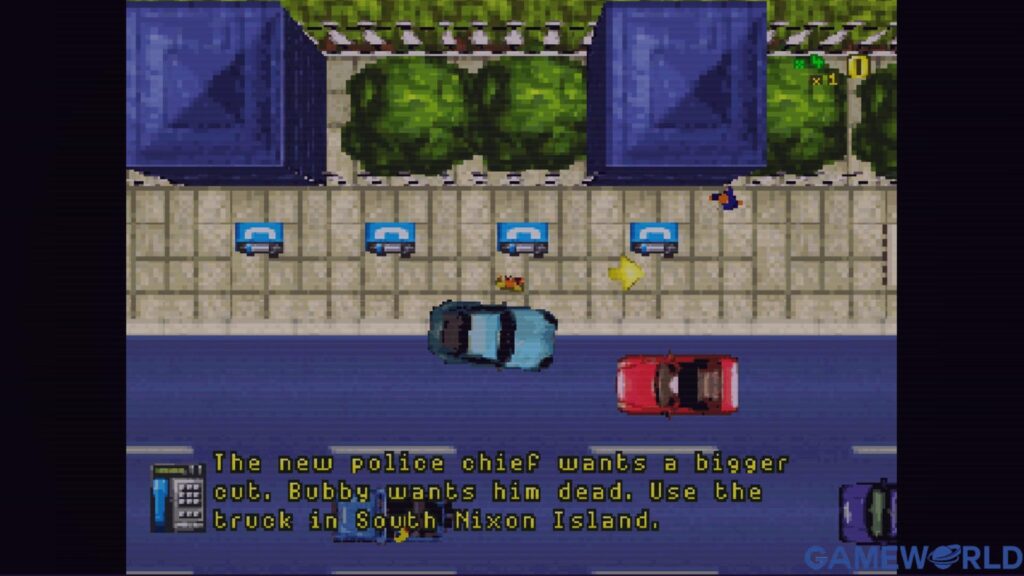
When Grand Theft Auto launched in 1997, it introduced players to something completely different from most games at the time. Unlike the heavily structured levels of platformers or the tight mission objectives of arcade racers, GTA gave players an entire city to explore, a variety of missions to complete, and the freedom to engage with the world however they saw fit. It was a game where chaos wasn’t just allowed but encouraged. The game’s top-down perspective may seem simple by today’s standards, but its core ideas were revolutionary. Players could steal cars, evade the police, complete jobs for various criminal organizations, or simply drive around and cause mayhem. The game was set across three fictional cities—Liberty City, Vice City, and San Andreas—each loosely based on real-world American locations.
Despite its innovative design, Grand Theft Auto wasn’t an immediate blockbuster. While it found an audience, early reviews were mixed. Some critics praised the open-ended gameplay, while others criticized its crude graphics and controversial themes. However, one thing worked in the game’s favor: controversy sells. As media outlets began to condemn the game’s violent content, it inadvertently became a must-play title. The negative attention fueled its popularity, helping it gain a cult following. What started as a niche project quickly turned into a cultural talking point, and sales began to climb.
More importantly, GTA laid the groundwork for what was to come. It wasn’t just a “crime simulator” but a proof of concept for a new kind of game with a focus on player freedom, emergent gameplay and an unpredictable world. The game’s modest success ensured that a sequel would be made, but it was still just the beginning. In 1999, the expansion packs GTA: London 1969 and GTA: London 1961 were released, the only games in the franchise set outside the United States. Instead of the fictional American cities seen in the mainline titles, these expansions transported players to a 1960s version of London, complete with British cars, Cockney accents, and era-appropriate music.
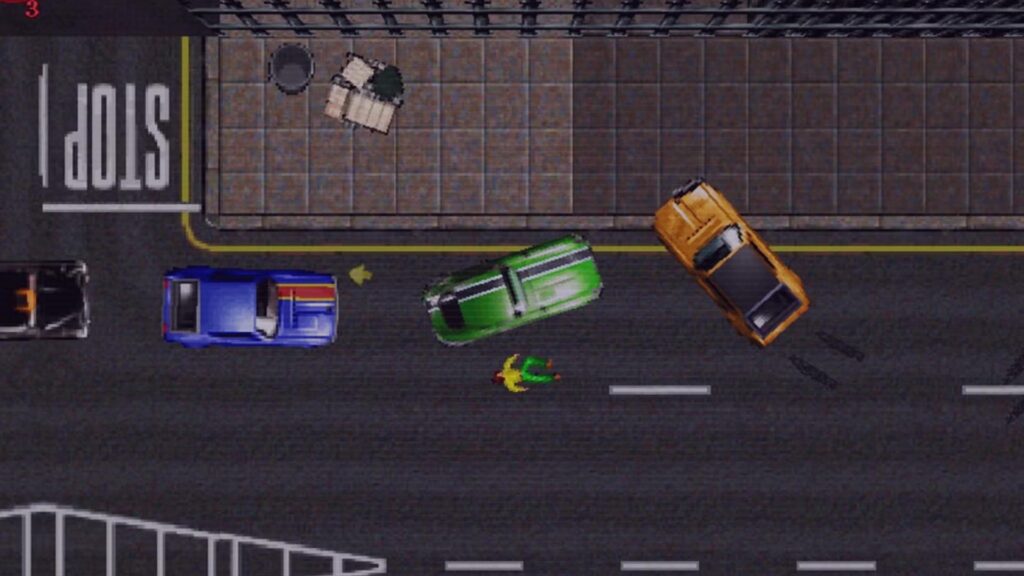
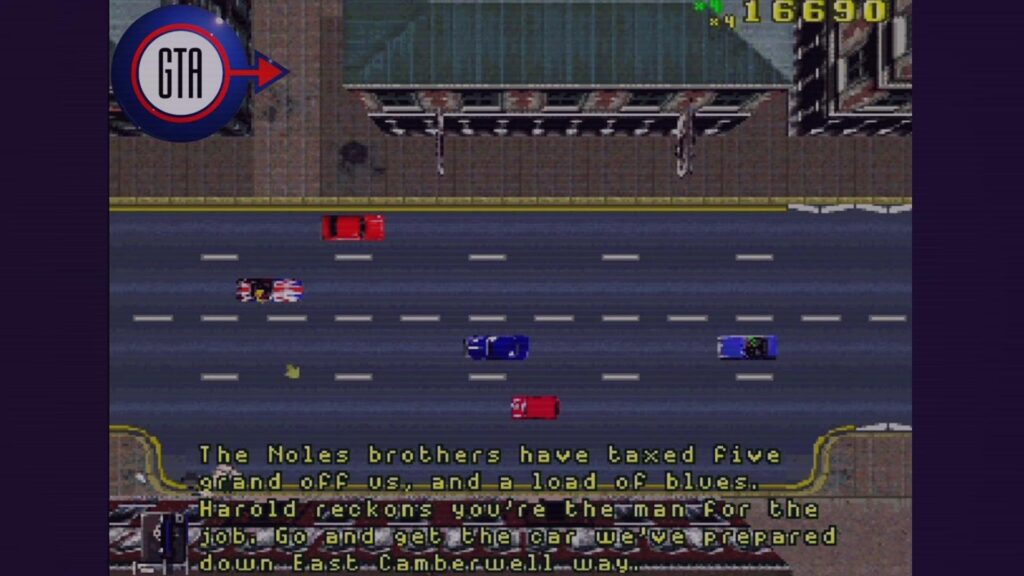
While the core gameplay remained the same—a top-down perspective with mission-based criminal activities—the change in setting provided a distinct aesthetic and atmosphere, making it a unique entry in the franchise. Since these were expansions rather than full sequels, they didn’t introduce major gameplay innovations which lead to GTA: London remaining a lesser-known part of the series. Nonetheless, it was important in establishing Rockstar’s willingness to experiment with settings and styles and it also remains the only historical GTA game; every other title has focused on modern or near-modern settings.
Following the success of Grand Theft Auto, Rockstar and DMA Design set out to expand on the formula with Grand Theft Auto 2, released in 1999. While the game retained the top-down perspective and core mechanics of its predecessor, it introduced key refinements that helped shape the franchise’s identity. One of the biggest additions was the gang faction system. Instead of simply completing missions for random criminals, players could now align themselves with different gangs, each offering unique jobs and opportunities. This introduced an element of choice and consequence, as working for one gang could turn others against the player. The world felt more reactive, and for the first time, players had to consider their actions beyond simply causing destruction.
The setting of GTA 2 was also unique. Unlike later games, which were based on real-world locations, the game took place in a futuristic, dystopian city known as Anywhere City. This setting gave the game a more stylized, almost cyberpunk-inspired aesthetic, though it never became as iconic as later locations like Liberty City or Vice City. From a technical standpoint, GTA 2 improved upon its predecessor with smoother graphics, a more polished AI system, and a better sense of progression. However, while the game was a solid evolution, it was still limited by the top-down perspective and relatively simple mission structure. GTA 2 was well-received, but it didn’t achieve the same level of controversy or attention as the first game.
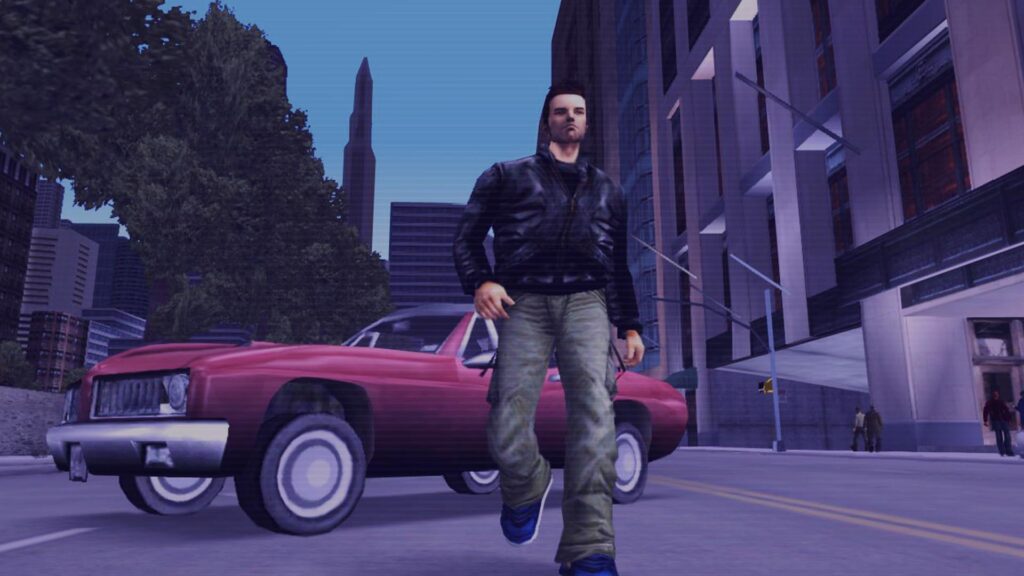
More importantly, Rockstar was already looking beyond the 2D era. As gaming hardware improved by the late 1990s, it became clear that the future of Grand Theft Auto wouldn’t be viewed from above but from the streets, in full 3D. Instead of the top-down perspective that had defined the first two games, they wanted to create a fully 3D, living world where players could immerse themselves in a crime-ridden city from ground level. It was an ambitious idea, and one that required not just new technology, but an entirely new approach to game design. The result would be Grand Theft Auto III, the game that would redefine the series, the open-world genre and the industry itself.
When Grand Theft Auto III was released in 2001, it marked a turning point not just for the series, but for the entire gaming industry. Moving away from the top-down, 2D perspective of its predecessors, GTA III introduced a fully three-dimensional open world, allowing players to explore Liberty City from a third-person perspective. This shift completely changed how players interacted with the game, making it one of the most influential titles of its era.
One of GTA III’s most significant innovations was the creation of a living, dynamic city. Liberty City, heavily inspired by New York City, felt like a real place—complete with bustling pedestrians, functional traffic systems, and an evolving day-night cycle. Players could navigate the streets by stealing vehicles, completing missions, or simply exploring at their own pace. Unlike many games at the time, which relied on linear progression, GTA III gave players an open-ended experience, letting them decide how they wanted to engage with the world. The city was divided into three main districts, each unlocking as the player progressed through the story. Every district had its own unique atmosphere, landmarks, and faction-based conflicts, adding depth to the game’s world. This approach to open-world design set a new standard for the genre, influencing countless games that followed.
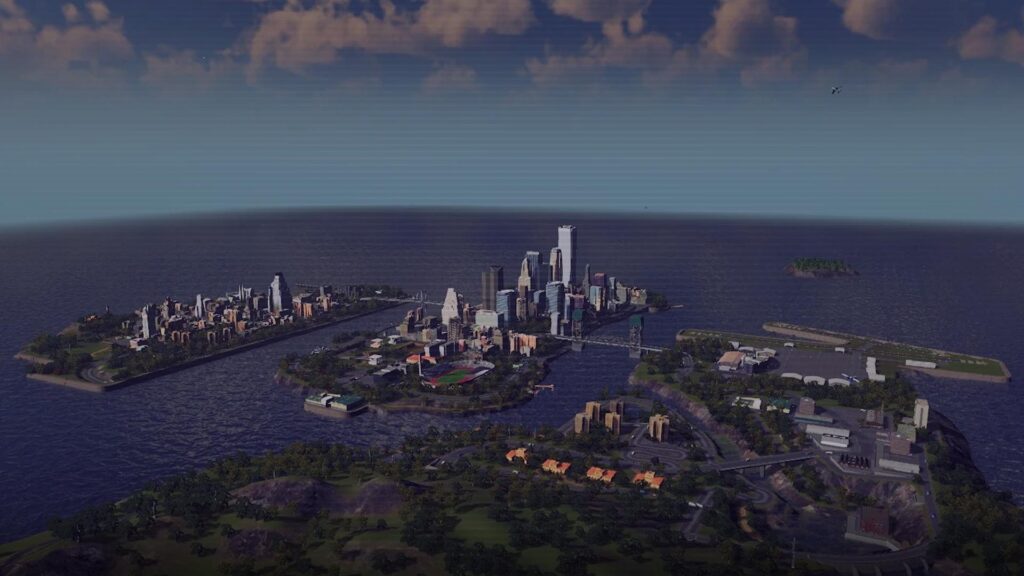
With its open-ended structure, GTA III allowed players to engage in main missions, side activities, and emergent gameplay scenarios. The story followed Claude, a silent protagonist who, after being betrayed and left for dead, works his way through the city’s criminal underworld. Along the way, players take on jobs for various gangs, crime bosses, and corrupt officials, gradually building influence and unlocking new parts of the city. Beyond the main story, the game was full of optional activities—such as taxi driving, vigilante police missions, and hidden collectibles—that encouraged exploration and experimentation. Players could also engage in unscripted interactions, leading to unpredictable moments that made each playthrough unique. The concept of player-driven storytelling became one of the series’ defining features.
For the first time in the series, GTA III featured fully voiced characters and a structured narrative, drawing inspiration from crime films like Goodfellas and The Godfather. The game introduced a cast of characters who felt larger than life, from mafia bosses to corrupt politicians, each with their own motives and conflicts. This gave the game a more cinematic feel, bridging the gap between video games and Hollywood-style storytelling. While protagonist Claude remained silent, the world around him was filled with dialogue-driven cutscenes and voice performances, making Liberty City feel immersive and narratively rich. The combination of an interactive open world and a strong narrative foundation set an example for future Rockstar games.
Upon release, Grand Theft Auto III was met with critical and commercial success. It sold millions of copies worldwide, earning praise for its open-ended design, realistic city environment, and freedom of choice. However, it was also one of the most controversial games of its time, facing backlash due to its violent themes and depictions of crime. This led to debates about video game violence and regulation, further increasing the game’s visibility. Despite the controversy, GTA III transformed the gaming landscape. It laid the groundwork for the modern open-world genre, influencing titles like Assassin’s Creed, Red Dead Redemption, and Watch Dogs. The idea of a seamless, interactive city became a staple of game design, proving that player freedom and emergent gameplay could be just as engaging as linear storytelling.
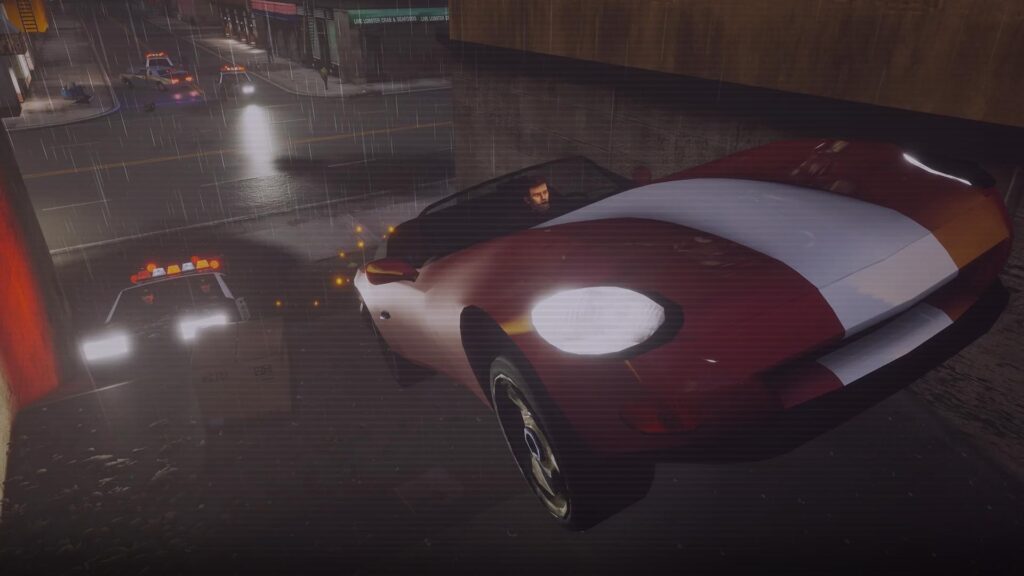
With GTA III, Rockstar established a new formula that would define the series for years to come. The next step was to expand on this foundation, refining the open-world experience with more personality, a richer setting, and an even stronger sense of place. That would come in 2002, with the release of Grand Theft Auto: Vice City, and is the starting subject of our follow-up article “How to become a Rockstar: Part II”.
















